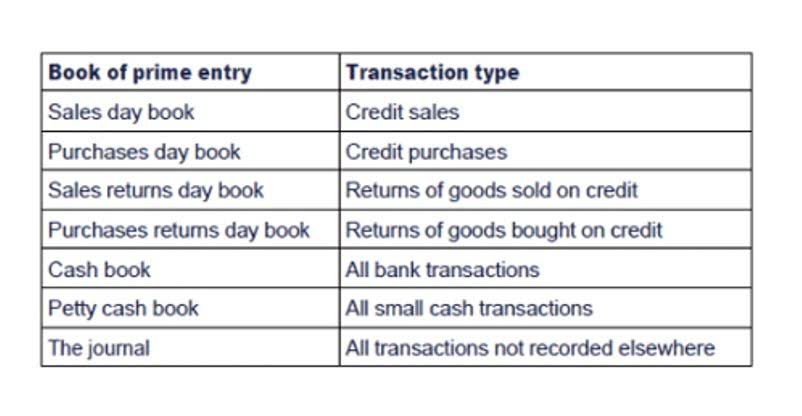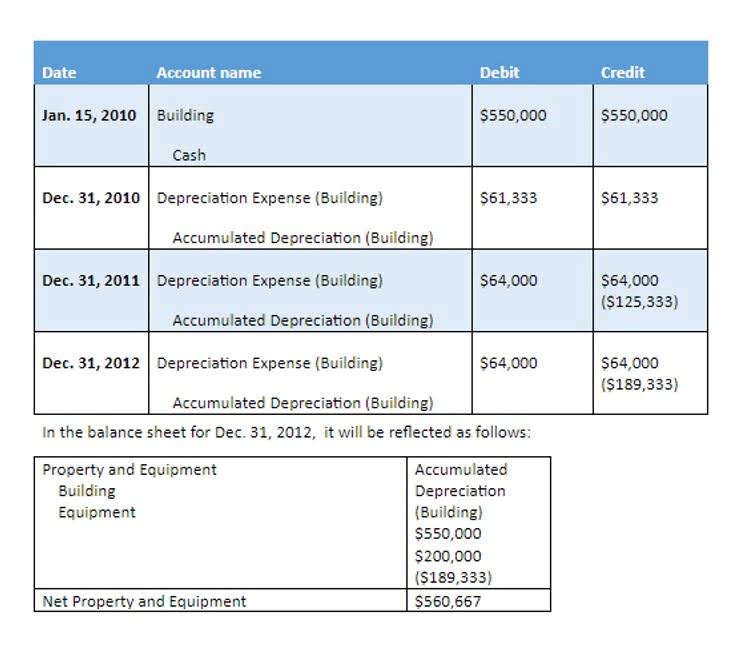Time and a Half Calculator

If you are paid $15 per hour, you will make $22.50 per hour when being paid time and a half ($15 × 1.5) and $30 when earningdouble time. If you are paid $18 per hour, you will make $27 per hour when being paid time and a half ($18 × 1.5) and $36 when beingpaid double time. You may say that his success is a matter of luck, but consider that he launches a 50-yard-plus pass way up in the air, allowing receivers to maneuver into position.
- However, such a method has a lot of stipulations and can be prone to calculation errors.
- Here’s an example of how you can compute the overtime pay with a bonus.
- With overtime pay already checked and approved, payroll administrators can rest assured that they aren’t overpaying or overlooking someone’s time and a half.
- Multiply the regular hourly rate by 1.5 to get the time and a half pay rate.
- Some companies also offer time and a half to an employee that works on holidays.
- If you are paid $16 per hour, your time and a half pay will equate to $24 per hour ($16 × 1.5).
How To Use OysterLink’s Time and a Half Calculator
It is easy time and a half of 22 to calculate the double time salary by multiplying the regular standard rate with “2”. Essentially, time and a half provide an extra 50% more than the employee’s standard hourly pay rate. Time and a half policies reward employees for working extra hours or unwanted shifts at the cost of a higher labor price tag for employers.
How Workforce.com can help with time and a half pay
Every company can set itsown holiday policy, but there are some common trends. Although there’s no federal requirement to offer overtime pay on national holidays, most private sectorcompanies either give their employees time and a half, or the day off with pay. Let’s go back to the example of Steve, who earns $20 an hour, or $30 when he gets time and a half. 8 x $30 gives us $240, so we add that to Steve’s base pay of $800. Time and a half refers to a 50% increase in an employee’s regular hourly pay rate received from an employer for overtime hours worked. To understand the common time and a half policies, it’s important to know why companies implement them and when they’re required to.
Calculating Time and a Half for Salaried Employees

To compute overtime pay, look at this example and follow these steps. In “time and a half pay,” “time” refers to the regular hours worked, and “half” signifies an additional 50% of the regular wage, resulting in the increased pay rate for overtime hours. Additionally, there are some common exceptions to overtime. For instance, firefighters, police officers, nurses, and other public servants have unique policies. Unfortunately for these employees, their employers are not mandated to pay overtime for weekend or night work unless their hours surpass the Federal 40 hours per week. However, Federal law requires that employees are given 1.5 times their regular pay rate for each hour https://www.bookstime.com/ worked over 40 in a workweek.
- Calculate the hourly overtime rate by multiplying the standard hourly rate by 1.5.
- But he showed at the end of the first half of Monday night’s game against the Buffalo Bills that he is still the king of the Hail Mary pass.
- John is a non-exempt hourly employee who earns $17.50 per hour, who wants to know how much time and a half pay he earned last week.
- To know more about what makes an employee exempt or non-exempt, read this guide.
- Multiply the hourly overtime pay by the number of overtime hours rendered.
- These employees are expected to work weekends, holidays, and nights, so they receive little in the way of incentives.
Time and a Half Calculator
The calculator takes your standard weekly, bi-weekly, semi-monthly, and monthly pay figure and determines the overtime pay at 1.5 times your regular rate. Sometimes employers also offer double pay for extra hours, especially during the holiday. The double pay rate actually doubles the standard rate of the employees.

Calculating Time and a Half for Hourly Employees
- Employees on an hourly salary will usually get time and a half if they work more than 40 hours a week; in some states, they’ll also get it when they work morethan 8 hours in one day.
- Workforce.com provides complete oversight over your operations.
- If you are paid $15 per hour, you will make $22.50 per hour when being paid time and a half ($15 × 1.5) and $30 when earningdouble time.
- This higher rate always applies to employees who work for more than 40 hours in any workweek.
- While only overtime time and a half are required by the FLSA, many businesses implement time and a half policies for competitive reasons and to provide employee incentives.
- Instead, you’re more likely to find yourselfnavigating the confusing world of time and a half – that is to say, pay that’s 50% higher than your standard rate.
First, you need to get the total regular wages for the week. Employees on an hourly salary will https://x.com/BooksTimeInc usually get time and a half if they work more than 40 hours a week; in some states, they’ll also get it when they work morethan 8 hours in one day. Some companies also offer time and a half to an employee that works on holidays. However, all these rules can vary between statesand between companies. In this article, we’ll teach you how to calculate time and a half pay for both hourly and salaried employees.

The New York Jets quarterback threw a 52-yard Hail Mary touchdown pass to Allen Lazard as time expired in the first half of a loss to the Buffalo Bills on Monday night. While only overtime time and a half are required by the FLSA, many businesses implement time and a half policies for competitive reasons and to provide employee incentives. Of course, the best way to know what your particular company’s time and a half policies are is by doing some research. Ask your manager or read the employee handbook if you’re not sure. As you can see, finding the time and a half wages for a fixed salary isn’t too much more complicated. Bonuses, especially those that FLSA considered nondiscretionary, should be included in the computation of the regular rate of pay.

No Comments